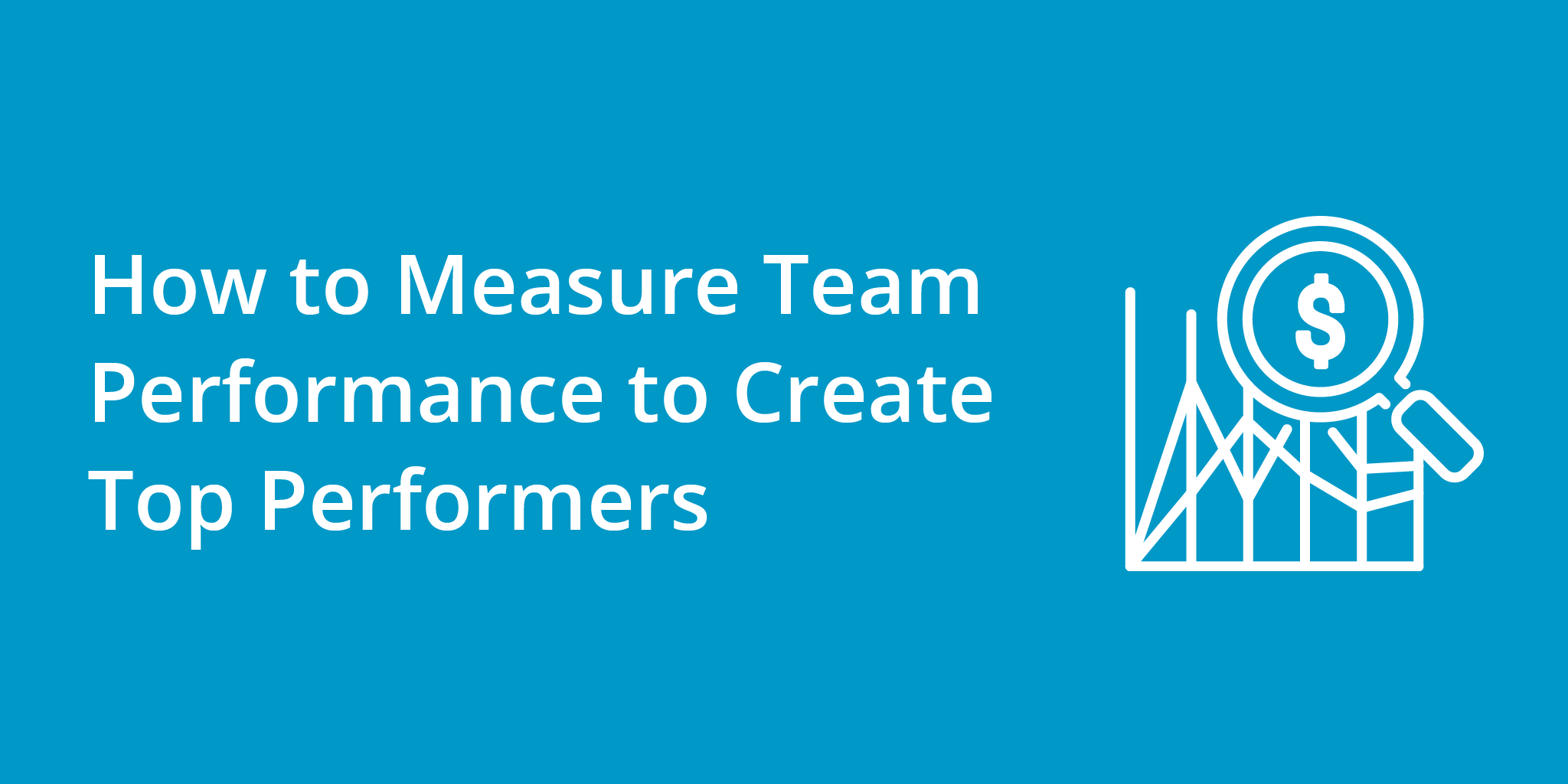Do you know how each of your sales reps performs individually and what they bring to the team?
Your team’s performance reflects on you personally as a call center manager. Improvements to the performance of your team demonstrate your ability to motivate and manage a varied group of people. Getting better performance out of your sales team starts by monitoring their performance in objective, measurable metrics.
We call these key performance indicators (KPIs), and we can measure them using phone call analytics and metrics software. With so much data available on agents, sales managers will find that the challenge isn’t getting data on sales reps, but knowing the main KPIs to focus on for sales. In this guide, we’ll look at the main KPIs for sales that you can use to make a measurable difference in call center performance.

How to Measure Sales Team Performance
First, it’s necessary to understand there’s a difference between recording the performance of individuals and a team.
Individual performance metrics can be used to measure an individual’s strengths and weaknesses compared to the rest of the team. Individual performance scores can help agents understand what they need to focus on and inform your call coaching format decisions.
But everyone is different and can bring additional skills to the team as a whole. So you also want to measure how the team performs as a cohesive unit. How well are they working together? What individual contributions is each member bringing to the table?
Top performing teams work together to generate momentum, solve problems quickly, and keep customers happy.
Top Call Center Team Performance Metrics to Focus On
- Conversion rate
- Number of calls answered
- The average length of a call
- The average time customers are left on hold
- Speed of answer
- Percentage of calls resolved on first customer contact
- Number of missed calls
- Average time to return a missed call

Interpreting the Results
You can use these metrics on an individual and a team basis. Evaluating the team as a whole can give you a high-level overview. They show you whether steps you’ve taken to improve metrics have worked by comparing results month-by-month.
When considering individuals, metrics like the speed of answer and average time to return a missed call should be consistent across team members. These can be used to find weak points in individual performance. Why is Agent X missing so many calls, for instance? You can discuss this in weekly appraisals.
Depending on your business and the makeup of your team, the number of calls answered and the average length of a call could differ between members for good reason. Perhaps one experienced team member is often tasked with taking customers through a particularly complicated and technical setup procedure, for example. Base your evaluation on KPIs alone, and you’ll miss the bigger picture of what each member is bringing to the team.
Another pitfall is putting too much emphasis on a single KPI without considering how it affects team performance and customer satisfaction as a whole. For instance, set up a sales leaderboard that ranks team members solely on the number of calls they’ve answered, and you might find reps are rushing through calls and ending them early instead of taking the time to discuss the various benefits of your products and services.
Sales Performance Metrics for a Team
Moving to team performance metrics, first consider the percentage of the team hitting their quota. If the rate is particularly low, say, under 40%, then this could indicate your quotas are unrealistic and will only serve to demotivate the majority of your sales staff. If the percentage is 90-100%, your targets are likely to be too easy to attain, and the team is coasting.

The team conversion rate measures the percentage of leads that convert to customers. The conversion rate can help you plan. If you know the percentage of leads that will convert and the average deal size, you can budget the number of leads you need for the next month.
The team conversion rate also shows whether the team is improving or stagnating. With the same number of leads, did your team convert more or less this month than they did the previous month? If the conversion rate has dropped or flattened, then something has gone awry in the sales process, or there’s been a failure in lead generation.
The average deal size is a valuable stat to look at monthly or quarterly to ascertain whether your contracts are getting bigger or smaller. If you’re looking to land larger clients, then a bigger average deal size should be sought out. If your deal size is smaller yet revenue is up, it shows you’ve been able to deal with more customers while improving profits.
The average deal size is a helpful stat when considering new business opportunities, too. New contracts that appear to be worth much less than your average deal size can be regarded as minnows. Massive deals much bigger than your average deal size can be worth investing significant resources into, but they also represent a more considerable risk in time and money if the deal ultimately falls through.
Measuring where customers drop out of your sales funnel can be invaluable in finding problems with your sales cadence. If there’s considerable sales funnel leakage between the client receiving a demo and them taking the next step in the sales process, for example, it could point to an ineffective demo that requires re-thinking.
Help Your Team’s Performance Continually Improve by Measuring the Right Details
You can quickly improve the performance of a team if you know how they’re performing as individuals and as a team. The right metrics help you quantify what’s working and what isn’t so you can formulate a battle plan. Use these metrics in call coaching and appraisals to help individuals plug gaps in their performance while using team metrics to inform the targets you set and the type of deals you seek out.



